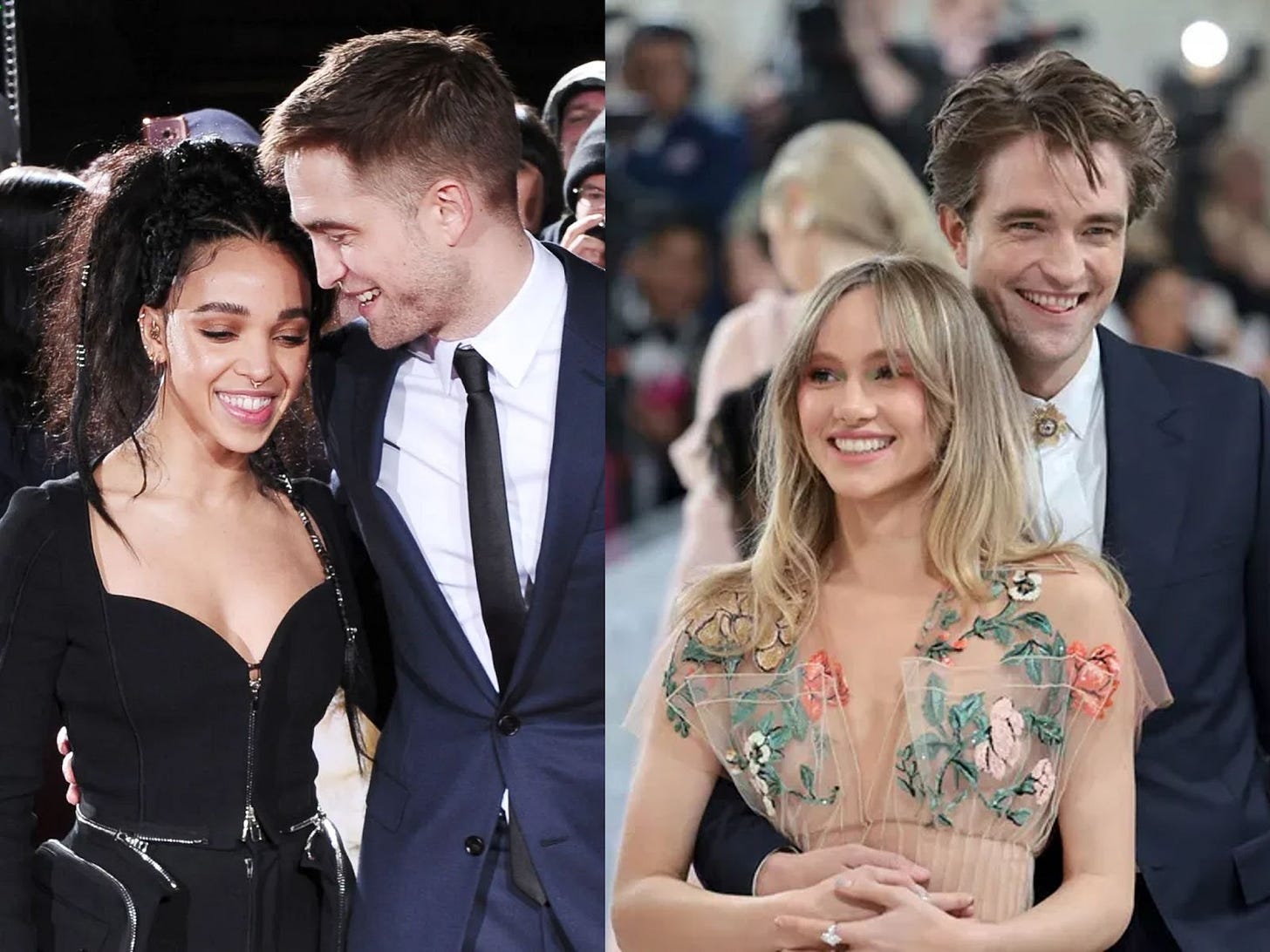“Blondes or Brunettes?” Colorism Through Hair
how & why is it that women of color are excluded from conversations of desire? how does this implicitly understood beauty standard affect woc?
“Blondes or brunettes?” A question of preference that when asked, can bring up debates between fun, party girl blondes and intelligent, reserved brunettes. But a largely unexplored lens to view this discussion is to set aside the seemingly non-racialized context and put into focus who is often disregarded from the conversation entirely: women of color. Women of color rarely being in simple conversations about attraction not only play into societal expectations of beauty–but how race and wealth factor into attraction.
Wait, How Is This Related To Colorism?
White and blonde has been the reigning beauty standard in Western culture. Within white circles, blonde is an achievement. Not only are so few people naturally blonde (2% of the world’s population, in fact), but many try to attain and maintain blonde hair. In straight, white romantic dynamics blonde is highly desired. Many experiments explore if brunettes or blondes get approached more by men, and the unsurprising conclusion is that blondes get more attention.
When women of color go blonde, they are perceived as “trying to be white” or “white-washed.” Yet, when white women go blonde, they are never seen as pursuing to be the “better” race. There is a gatekeeping to the very action of adherence to this ideal. Even if WOC were going blonde to “be white,” it’s less about being white than it is about attempting to achieve the beauty standard. Asian-American girls, especially Southeast Asian girls, experience this full force, with the stereotype of going blonde or getting a blonde balayage being prominent for “ABGs” or, Asian baby girls. ABGs have become the Asian equivalent of “basic white girls” and have similarly been demeaned for following a relatively new stereotype.
No matter what WOC do, they are ignored for not conforming, or judged for doing so. Setting aside harmful fetishization, WOC are constantly seen as second-best in comparison to white women and hair color is just one factor. If there’s a superiority complex against white brunettes or white women who can’t maintain blonde hair, what is the discrimination against WOC like?
Singer-songwriter FKA Twigs has the answer to that. As a biracial woman dating actor Robert Pattinson, she experienced mass amounts of largely racist harassment from Pattinson’s fans. In an interview with Business Insider after her split from Pattinson (allegedly because he did little to defend her during this harassment), Twigs explains, “He was their white Prince Charming and I think they considered that he should definitely be with someone white and blonde and not me.” Her experience is far from singular, she was seen as not good enough because she did not conform to people’s idea of what someone “like him” should be with. Now, Pattinson is expecting a child with singer-songwriter Suki Waterhouse–white and blonde, exactly as Twigs predicted fans would be more comfortable with.
Wealth In Maintenance
Circling back to the superiority in blondeness, maintenance is a large factor. The many types of blondes come with many associations and signals. From “old money” to “white trash.” Maintenance for root touch-ups alone are typically done every 4-6 weeks, and on average run upwards of $85. This high-maintenance nature makes the blonde more inaccessible, and therefore more of a scandal when the women of color “attempts to assimilate” because it is seen as more of an effort.
The Many Implications…
Women of color internalize these beliefs of desire, whether anyone realizes or not. It has always been more than “just hair,” especially when young girls of color start to realize that they are rarely the default “desire.” When they start to mimic these actions and beliefs, projecting onto other women, any form of interracial solidarity becomes even more impossible. The brunette / blonde debate stretches further than simply hair color, but instead puts into focus how women of color are so often ignored from the narrative, in favor of the more “easily-consumable” white women and how it can serve to push communities further apart.
Hey! Thank you so much for reading this article. I just posted a TikTok to go with this article. It’s mainly meant for promotion, but if you guys could go out and support it, that would mean everything to me. Also, I did not (!) forget about the accompanying playlists to my articles, so check out the one below for this article if you’re curious.
Remember to subscribe if you haven’t already as it directly supports me and my writing xx Thank you again :)
Further Reading
What The “ABG” Identity Says About ESEA Femininity, Zoe Zhang via The Michigan Daily







